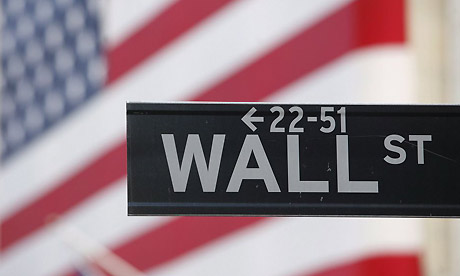OTC Business Solutions
New York Ft. Lauderdale
Los Angeles
954-254-9064

When a publicly traded company can't meet its original objectives or its proposed business plan, and the company ceases to operate according to its original plan, the “shell” or publicly traded framework still remains. This creates an opportunity for privately held companies seeking public status. They can simply purchase this public shell and “reverse” their company into it. This process is commonly known as a Reverse Merger. Reverse Mergers can take less time and can be less expensive than an Initial Public Offering (the legal work is considerably simpler) and the results can be more advantageous. Depending on the shell, an existing shareholder base may be included, providing an immediate public float and liquidity. With existing shareholders the need to pay commissions to a managing underwriter and brokers for an initial public offering is eliminated.
A Reverse Merger may not be the best option for companies needing the capital infusion of an IPO. In a Reverse Merger the functions of issuing stock and raising capital are unbundled, so the resulting time line is much shorter. A private capital raise can be incorporated into the process or a secondary offering can be initiated after the Reverse Merger is completed.
The Reverse Merger's greatest attraction is that IPO's typically require a somewhat recognized business entity with an established history of earnings in order to attract an underwriter and investors. Reverse Mergers are ideal for companies that are “up and coming” but may lack solid earnings or an attractive story.
